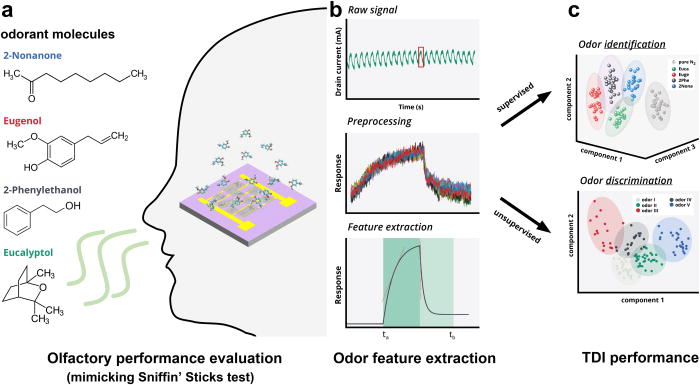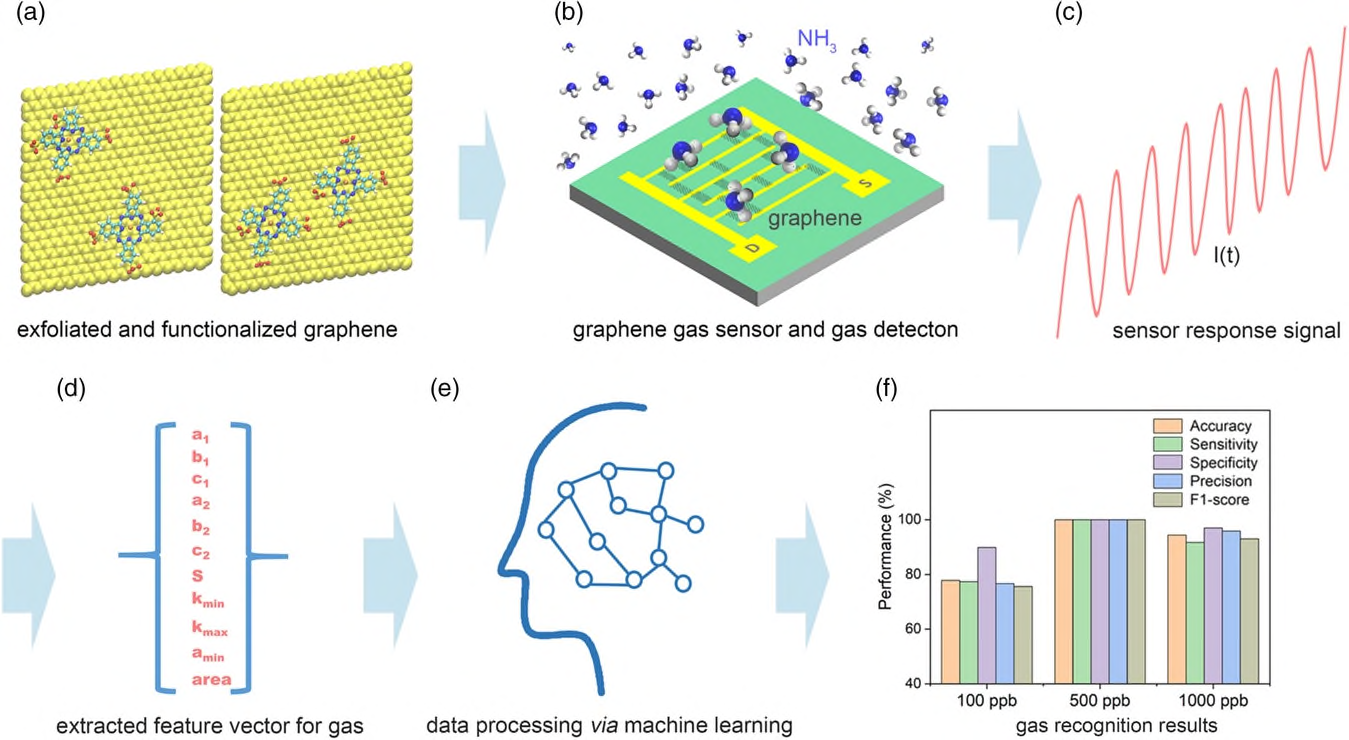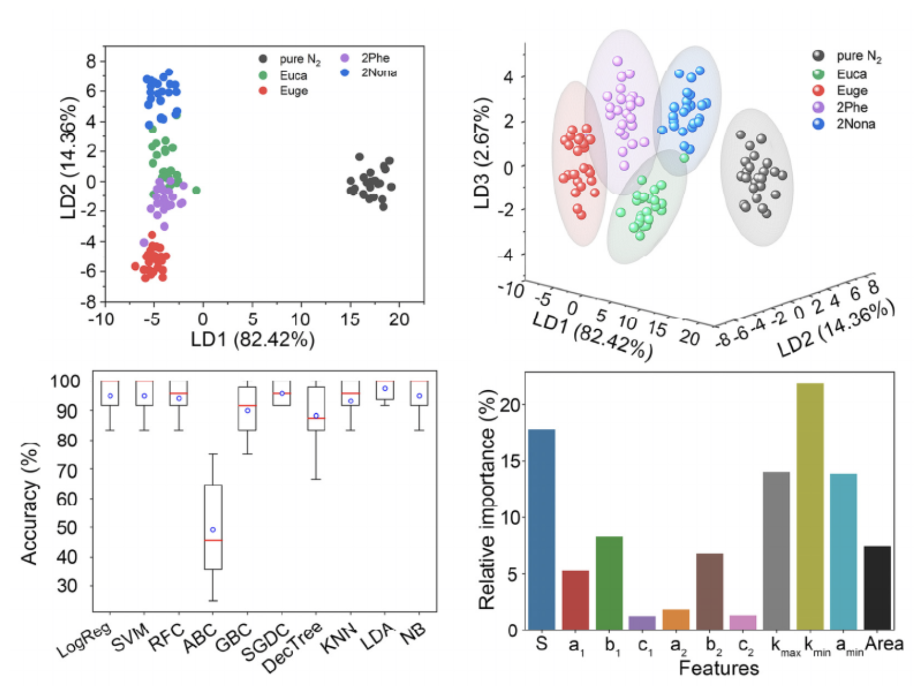
ProgNose’s mission is to revolutionize early cancer diagnostics by harnessing a decade of pioneering research in nanoelectronics, 2D materials, AI, and advanced gas sensor technology from TU Dresden. By leveraging highly curated training data and proprietary electronic nose systems, we detect prostate and bladder cancers from urinary volatile organic compounds with unmatched precision, enabling earlier interventions, improved patient outcomes, and a new standard in non-invasive healthcare.
Bladder cancer impacts over 570,000 people every year and causes roughly 210,000 deaths globally (Springer), ranking as the tenth most common cancer and the thirteenth leading cause of cancer-related mortality. Without innovation, projections show a 73 % rise in cases and an 87 % rise in deaths by 2040 (Journal of Global Health). Clinical outcomes hinge on early detection: non-muscle-invasive bladder cancer has a five-year survival rate above 88 %, but once the disease becomes muscle-invasive, survival drops to around 50 % (Cancer Cell International). Alarmingly, one in four cases are still diagnosed late, where survival plummets to just 6 % (International Agency for Research on Cancer). The gap between early and late detection is not just a medical problem—it represents a massive market opportunity for disruptive, non-invasive screening technologies capable of shifting diagnoses to earlier, treatable stages, improving survival rates, and reducing healthcare costs worldwide.









ProgNose’s mission is to revolutionize early cancer diagnostics by harnessing a decade of pioneering research in nanoelectronics, 2D materials, AI, and advanced gas sensor technology from TU Dresden. By leveraging highly curated training data and proprietary electronic nose systems, we detect prostate and bladder cancers from urinary volatile organic compounds with unmatched precision, enabling earlier interventions, improved patient outcomes, and a new standard in non-invasive healthcare.
Bladder cancer impacts over 570,000 people every year and causes roughly 210,000 deaths globally (Springer), ranking as the tenth most common cancer and the thirteenth leading cause of cancer-related mortality. Without innovation, projections show a 73 % rise in cases and an 87 % rise in deaths by 2040 (Journal of Global Health). Clinical outcomes hinge on early detection: non-muscle-invasive bladder cancer has a five-year survival rate above 88 %, but once the disease becomes muscle-invasive, survival drops to around 50 % (Cancer Cell International). Alarmingly, one in four cases are still diagnosed late, where survival plummets to just 6 % (International Agency for Research on Cancer). The gap between early and late detection is not just a medical problem—it represents a massive market opportunity for disruptive, non-invasive screening technologies capable of shifting diagnoses to earlier, treatable stages, improving survival rates, and reducing healthcare costs worldwide.







